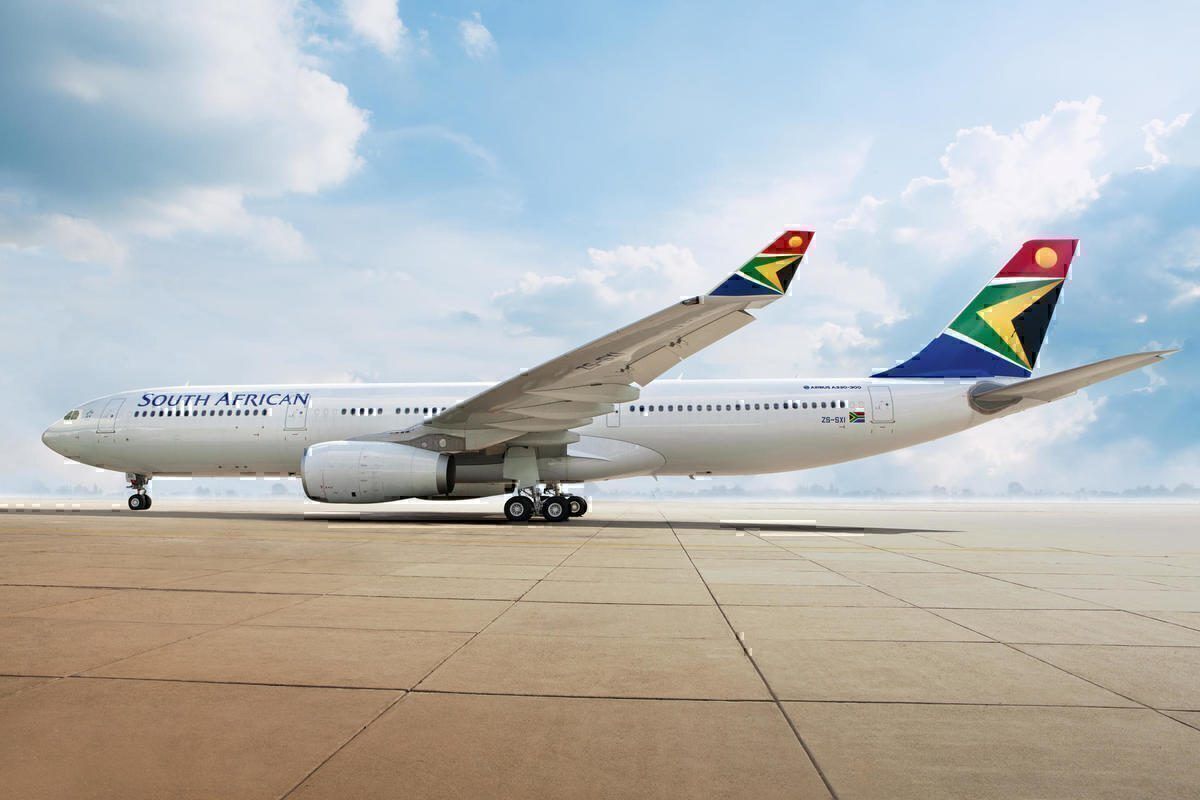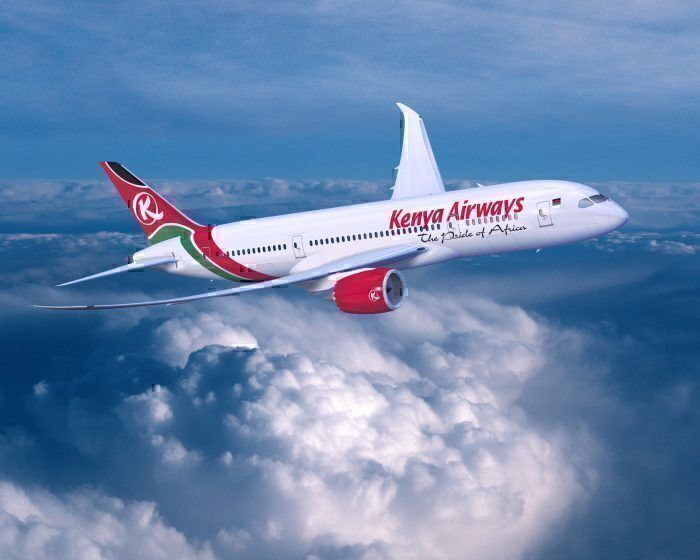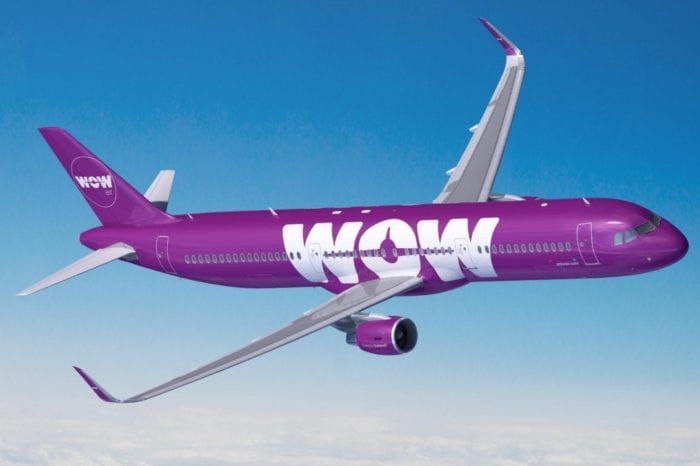During the last financial crisis, some financial institutions were provided with public assistance under the doctrine that these institutions were Too Big to Fail (TBTF). Although public assistance sparked great debates, many would argue it was necessary to limit even wider economic ramifications. If an airline failure can be economically detrimental for a given country, can the TBTF doctrine be applied to the sector with a modest interpretation? In short, yes.
The 'Too Big to Fail' doctrine
TBTF has a long and complicated history, which has been influenced by both the legal regulation of financial industries within a given jurisdiction, as well as a bank's perceived importance within a community.
In the United States, for example, a bank, unlike other entities, cannot declare Chapter 11 bankruptcy. Instead, banks and thrifts undergoing difficulty are taken over by the Federal Deposit Insurance Corporation (FDIC). The FDIC thus seeks to resolve the issue by the means it deems necessary while mitigating the financial and economic fallout. The exception to the Chapter 11 rule is non-banks and bank holding companies.
Likewise, a bank's significance from an economic and social standpoint has also influenced the TBTF doctrine. As reported by Reuters in the Timeline of U.S. financial rescuers, failures in the last century, the Commonwealth Bank of Detroit was bailed out in 1972 in-part due to its perceived essentiality to Detroit communities.
Hence, TBTF is partially influenced by these two factors; the law and an institutions' importance Yet, other considerations must also be made.
For a holistic definition of a TBTF firm, we turn to former Chair of the Federal Reserve, Ben Bernanke, who states,
"A too-big-to-fail firm is one whose size, complexity, interconnectedness, and critical functions are such that, should the firm go unexpectedly into liquidation, the rest of the financial system and the economy would face severe adverse consequences."
Can airlines meet the TBTF criteria? The example of Acme
Take, for example a fictions airline, Acme Airways, operating out of country X. Acme has a fleet of 40 aircraft (widebody and narrowbody), flies to 50 destinations, and employs 4,000 people.
Acme is the largest airline in country X (33.5% total market share) but has been facing fierce competition from a local low-cost airline on the short-haul (LC Air, 15% market share), as well as international carriers on the long-haul (51.5% market share).
Country X is relatively tourism dependent, with the sector employing 1 in 9, attracting 15m visitors, and contributing to 12% of national GDP. Country X has a population of 40m and workforce of 24m.
With Bernanke's definition of a TBTF firm in mind, if Acme were to fail, the issues of size, interconnectedness, and critical functions via-a-vis the rest of the economy would need to be measured.
In terms of size, Acme's fleet and 4,000 staff could credibly be reabsorbed into the marketplace. More complicated however, is Acme's market share. Concerning long-haul, competing carriers could conceivably meet demand. On the short-haul, LC Air, as the only other short-haul airline, would be unlikely to meet the surplus demand.
Regarding interconnectedness and critical functions, Acme's failure becomes even more significant for country X. Like other tourism dependent countries, having a long-haul airline able to bring visitors into the country is not just an economic question but a political one as well.
Assuming all visitors arrive by air, and all airlines bring tourists proportional to their total market share, Acme's failure could affect 5.02m tourists and jeopardize up to 4% of national GDP.
Acme's sudden failure would likely have widespread ill effects on country X's reputation and wider economy. Thus, Acme could conceivably be considered too big to fail.
Reality check
The Acme example above is admittedly an extreme one. Yet, bar a few assumptions, it is not an unrealistic scenario. Acme and country X are based on characteristics real-world airlines and countries find both in emerging and developed markets.
Over the past year, numerous airlines have declared bankruptcy, had significant financial difficulty or, sought bankruptcy protection. This in turn has put tens-of-thousands of passenger itineraries at risk and has negatively impacted the economies of most air-traffic dependent countries.
Although it is unlikely that governments will extend the TBTF doctrine to the private air travel industry, state-owned airlines such as South African Airways have long benefited from the notion that they provide a critical function in the form of a public good.
Hence, under particular circumstances and within a certain context, an airline can conceivably be considered too big to fail.



